- No products in the cart.
Baby Nazol, nasal drops, 10 ml
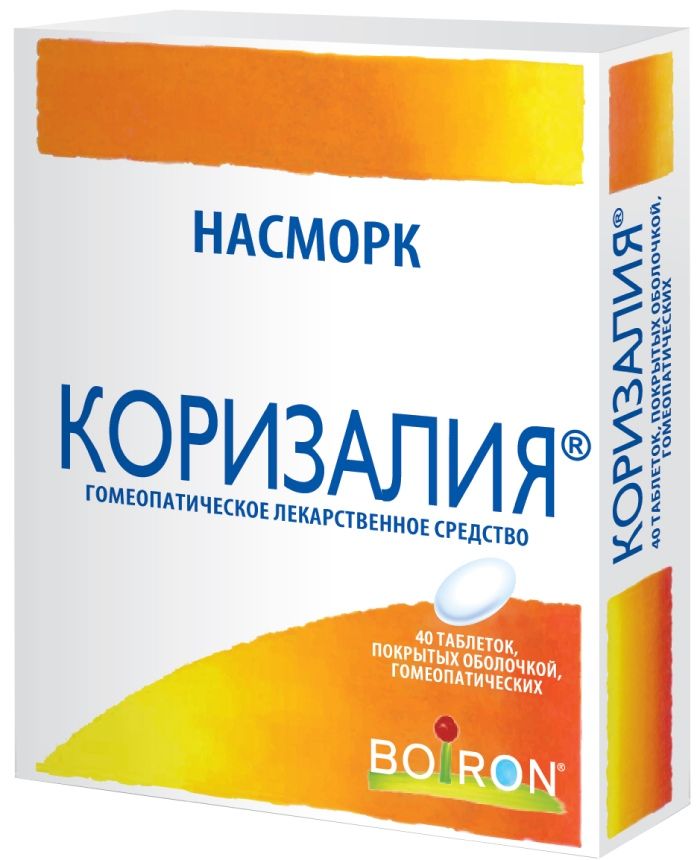
Korizaliya Tab n / a film about homeopathic 40 pc
$9.68
Rinostop extra 0.025% nasal spray 15ml fl.plast
$4.74
$4.53
Baby Nazol, nasal drops, 10 ml
Description
Composition
Active substance:
100 ml of the preparation contains: phenylephrine hydrochloride 0.125 g ;.
Excipients:
Benzalkonium chloride 0.018 g, 5 g glycerol, 1.5 g of macrogol 1500, sodium hydrogen phosphate dihydrate, 0.226 g of potassium dihydrogenphosphate 0.101 g, disodium edetate dihydrate 0.02 g Purified water 94.76 g
The clear solution from colorless to pale yellow and odorless.
Description:
Nazol Baby 10 ml – Drops of rhinitis for toddlers since the first days of life (1).
Nazol Baby specially designed drop from a cold for use in children from birth (1).
The features of this tool are:
Action phenylephrine active substance constituting the drug Nazol Baby, takes into account the child the nozzle structure in the treatment of rhinitis. Now it has a comfortable pipette. –
It operates smoothly (2), taking into account the peculiarities of children’s mucosa.
Careful treatment of rhinitis in children.
(1). Children from 0 to 1 year of use strictly on doctor’s prescription and no more frequently than every 6 hours (2). Karpova EP, Tulupov D.A.K on the safety and efficacy of nasal vasoconstrictor drugs in pediatric practice. // Questions of Practical Pediatrics, 2010, vol. 5, №5, p. 6569. selective agonism Phenylephrine has a 1-adrenoceptor, has a mild vasoconstrictor effect, presumably due to the preemptive effect on the throttle obturator vessels (arterioles surface, nasal mucosa) and not cause a significant decrease in blood flow in it. ”
Product form:
Nasal drops of 0.125%.
At 5, 10, 15 and 30 ml vial of high density polyethylene with a polypropylene screw cap. The cover is mounted dropper of polypropylene with a rubber cap. On the bottle label affixed. The vial together with instructions for medical application is placed in a cardboard box.
Contraindications
Individual hypersensitivity to ingredients of the formulation; diseases of the cardiovascular system (including koronaroskleroza, angina), hypertensive crisis, thyrotoxicosis, diabetes, simultaneous MAO inhibitors (also 2 weeks after withdrawal).
Carefully.
Children up to age 6 years.
Dosage
1.25 mg / ml
Indications
Symptomatic treatment to facilitate breathing through the nose for colds, flu, hay fever and other allergic diseases of the upper respiratory tract involving acute rhinitis or sinusitis.
Interaction with other drugs
Monoamine oxidase inhibitors (procarbazine, selegine), tricyclic antidepressants, maprotiline, guanedrel, guanethidine pressor effect and enhance arrhythmogenic phenylephrine (for systemic absorption).
Thyroid hormones increase (at mutually systemic absorption of phenylephrine)
the associated risk of coronary heart disease (particularly in coronary atherosclerosis).
Overdose
Data on overdose of the drug available.
Potentially possible symptoms (for systemic absorption): ventricular premature beats, short paroxysms of ventricular tachycardia, feeling of heaviness in the head and legs, the excessive increase in blood pressure, agitation.
Treatment: intravenous alpha-blockers short-acting (phentolamine) and beta-blockers (for rate violations).
pharmachologic effect
Pharmacological group:
Decongestant agent – alpha-agonists.
Pharmacodynamics:
Phenylephrine hydrochloride is an agonist alpha1-adrenergic receptors (a sympathomimetic) providing vasoconstrictive action due to stimulation of alpha 1 receptors in the nasal mucosa, reduces the swelling of mucous membranes and tissues hyperemia, congestion in the nasal mucosa, and enhances the permeability of the nasal airway.
Pharmacokinetics:
When applied topically, low systemic absorption.
Pregnancy and breast-feeding
Sufficient experience of use of the drug during pregnancy is not. It can be used for the treatment of pregnant women and nursing mothers prescribed by a doctor, if the potential benefit to the mother outweighs the potential risk to the fetus and child.
Conditions of supply of pharmacies
Without recipe.
side effects
Local reactions: sometimes burning, tingling or tingling in the nose. Systemic effects: headache, dizziness, palpitations, arrhythmia, increased blood pressure, sweating, pallor, tremor, insomnia.
special instructions
Children from 0 to 1 year of use strictly on doctor’s prescription and no more frequently than every 6 hours.
Children systemic absorption of phenylephrine and the associated risk of side effects is higher than in adults.
Phenylephrine not be administered to patients within 2 weeks after discontinuation of monoamine oxidase inhibitors, as they can increase the severity of sympathomimetic adrenergic effects and increase the risk of side effects of the cardiovascular system.
Storage conditions
At a temperature of not higher than 30 C.
Keep out of the reach of children.
Dosing and Administration
Intranasally.
For children aged 0 to 1 year, single dose – 1 drop of no more frequently than every 6 hours. For children aged 1 to 6 years, a single dose is 1-2 drops.
For children older than 6 years and adults, a single dose of 3-4 drops. After use, the pipette should be wiped dry. Duration of treatment – no more than 3 days.
Information
Appearance may differ from that depicted in the picture. There are contraindications. You need to read the manual or consult with a specialist
Additional information
| Weight | 0.100 kg |
|---|---|
| Manufacturer | Nazol |

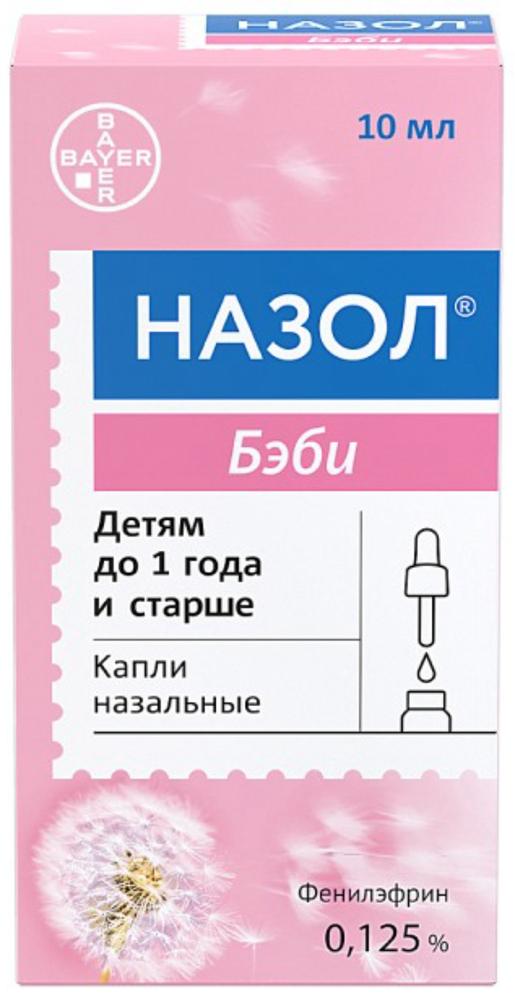

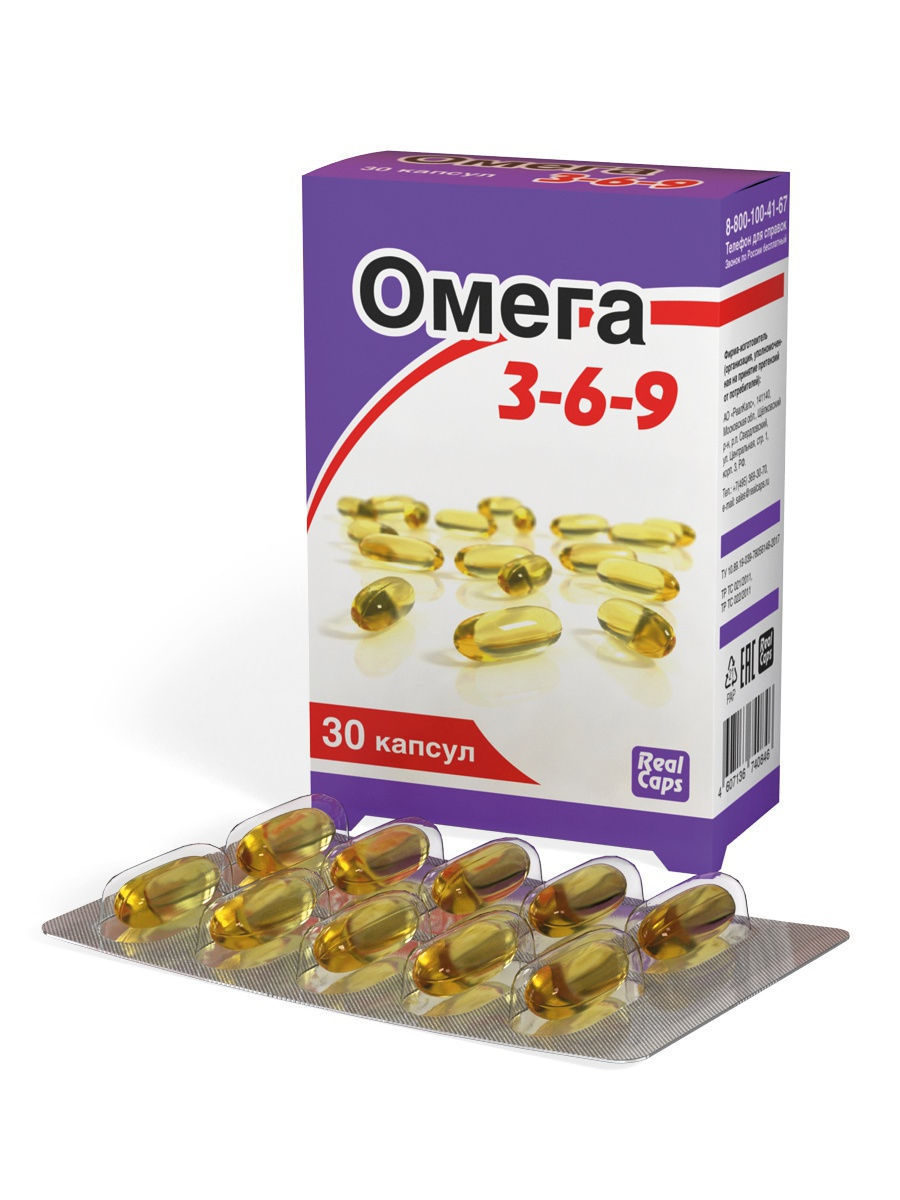
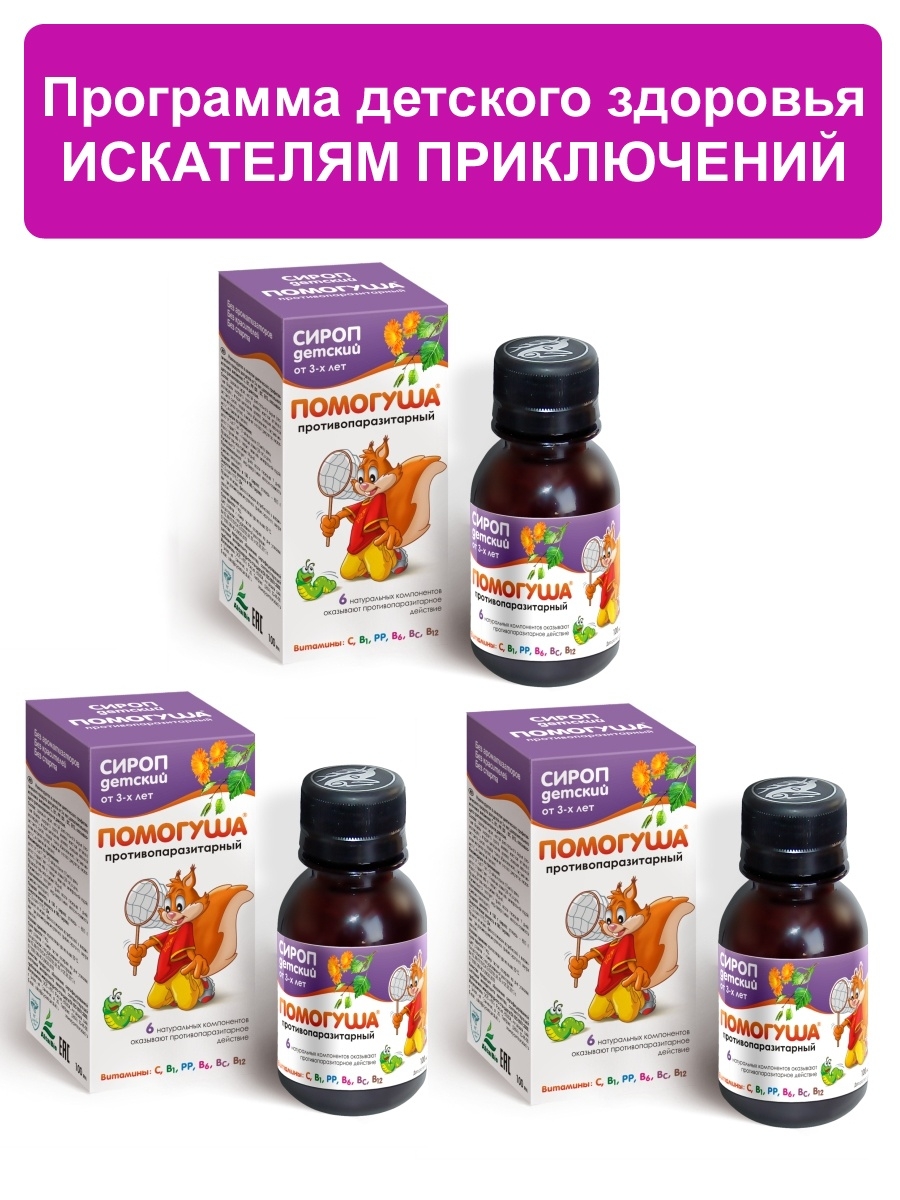
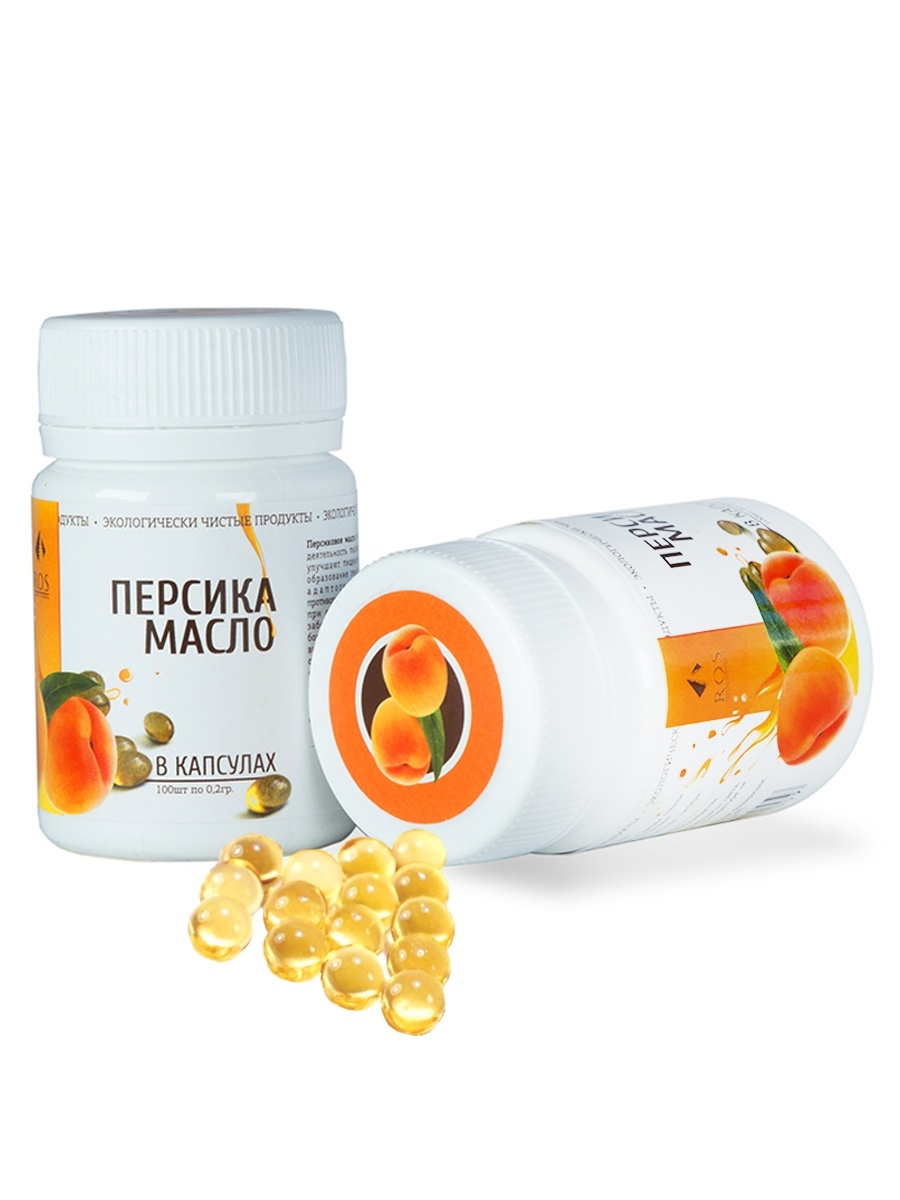
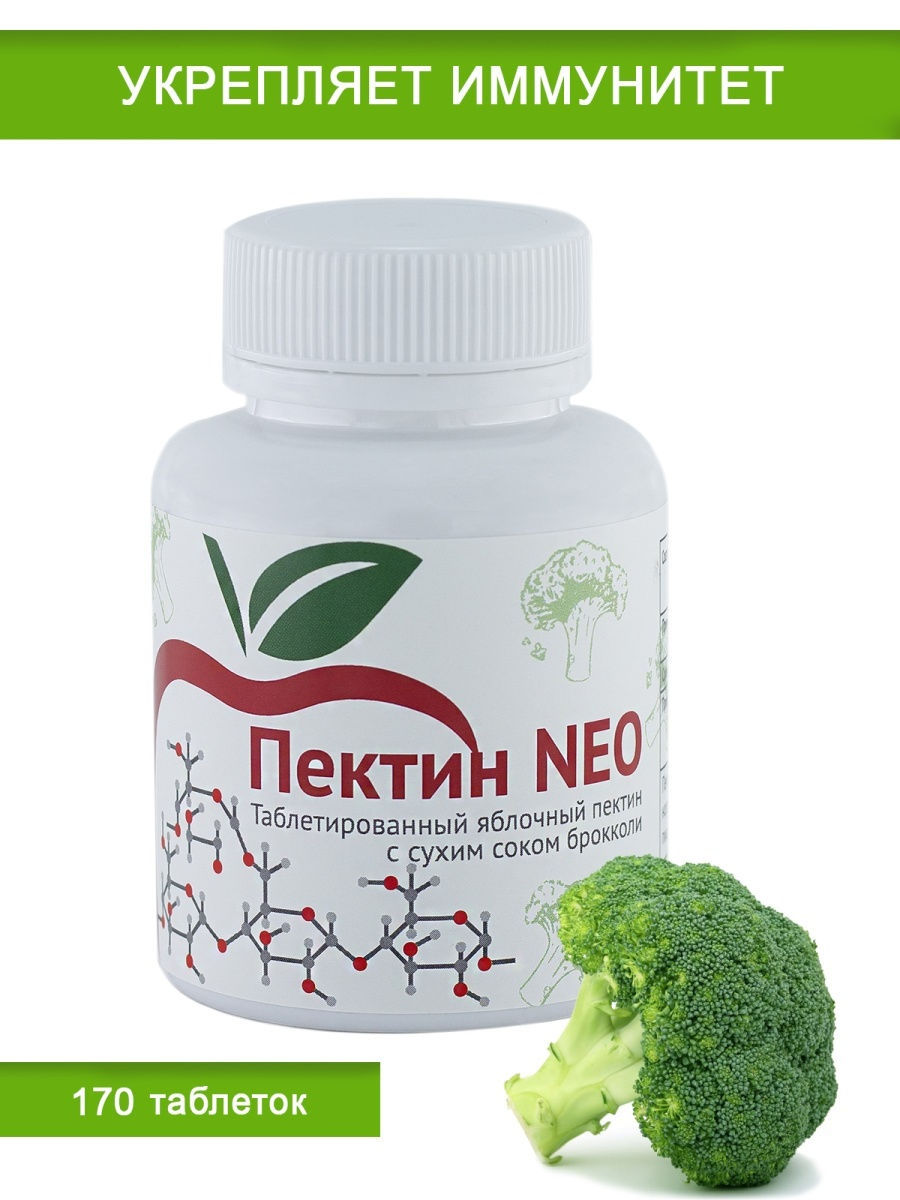





There are no reviews yet.